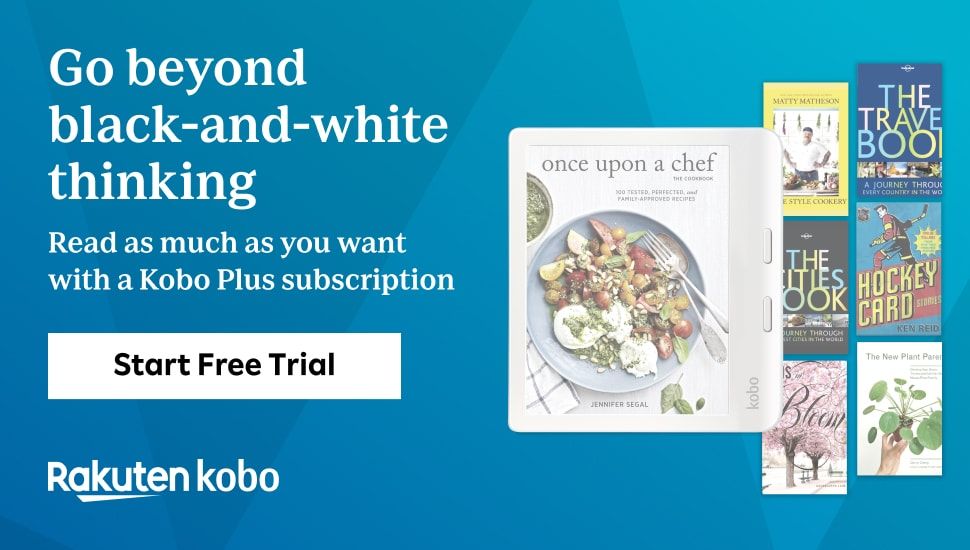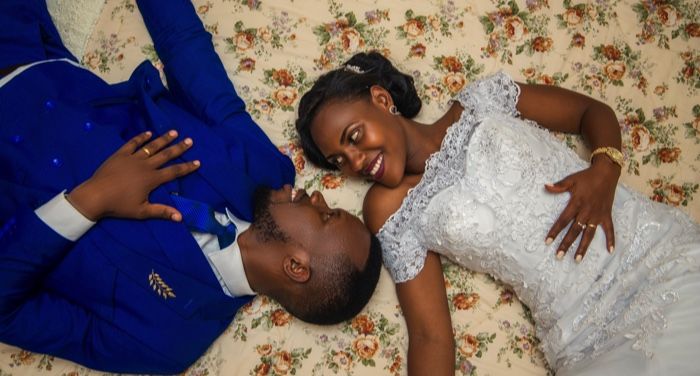
12 Romance Sub-Genres We’ll Love Forever
A romance is a romance is a romance, right? I mean, yes. But also, not quite. Most people, when they hear the word romance, think of one of two things: a contemporary romcom, or what the “cool kids” like to call bodice rippers. And they’re not wrong. But romance as a genre has countless sub-genres, and romance sub-genres are shifting, expanding, and rebranding all the time.
So what exactly is a romance sub-genre? The first thing to know is that it’s different from a romance trope. A trope can be used in almost any situation: it’s an element to a story that guides the plot. Hating to dating is a trope. Only one bed is a trope. Fake dating is a trope. These (and countless other tropes) can happen in any romance, any time, and in any sub-genre.
But what is a sub-genre, you keep asking? It’s just what it says. Romance is a genre: an overarching category of books and other stories that has a required central love story and a happily ever after. Within romance, there are several different thematic branches, or sub-genres. For the most part, they’re actually books that could technically be classified as members of different genres, but they also have those required elements of romance. Ever After, for example, is historical fiction. But it is also a romance. So, were it a book, it would be categorized as a historical romance.
As I mentioned before, romance sub-genres are fluid, but there are some that we can definitely nail down. Here are the most prominent and very key romance sub-genres.
1. Contemporary Romance
This one should be obvious. It’s a romance novel set during the time that it was written. So if you’re reading a new romance and it seems like it’s written in the present (and there are no alternative dates given), it’s a contemporary romance. (If you’re picking up a Nora Roberts book that was written in 1985 and it seems to take place in 1985, that, too is a contemporary romance.) A contemporary romance will usually center the growth of the main characters as they build towards a HEA, but sometimes there can be more outside stakes, like work or family controversy or something. But those often play second fiddle to the relationship.
For example:
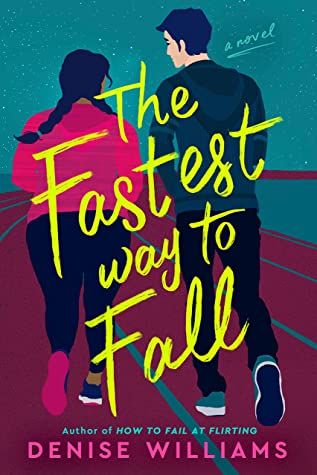
The Fastest Way to Fall by Denise Williams
This is a great example of a contemporary romance. It’s set in a present day that is familiar, with relatable characters, and while there are funny moments, the emotional depth doesn’t drive it into the category of ridiculous.
2. Romantic Comedy
Yes, this is a different sub-genre than contemporary romance. There are a lot of contemporary romances that call themselves romcoms, or romantic comedy, but they’re more “contemporary romance with a few funny bits.” A true romantic comedy has to have the romance at its core, but also have some wacky shenanigans that don’t completely take away from the Feels that a romance is supposed to evoke. There has to be a balance between the laughs and the tears, and a true romantic comedy is a romance that is good at toeing that line.
For example:
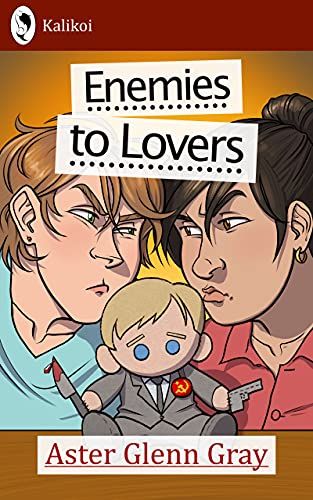
Enemies to Lovers by Aster Glenn Gray
A lot of the books that I would categorize as romantic comedies tend to be novella-length, just because it’s a little harder to maintain shenanigans for the length of a full novel. This story is set over the course of about 24 hours, and the length is perfect for the ridiculous plot and outcome. Absolutely delightful!
3. Dark Romance
This is one of those that can fall into multiple categories as well, but it really doesn’t feel like anything else. Often a contemporary or fantasy romance, this is a story with a protagonist (often male, but not always) who is not on the right side of the law, and who might not be the best human. The relationship in the story is raw, almost toxically passionate, and there are often violent crimes involved. The HEA in these kinds of books might not be everyone’s cup of tea, but the circumstances — kidnapping, murder, organized crime — only elevate the emotions involved in the development of the romance. Danger? I absolutely know her.
For example:
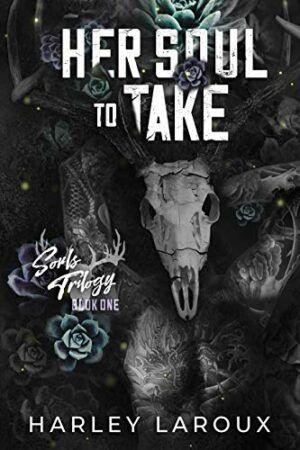
Her Soul to Take by Harley Leroux
You want dark? I’ll give you demons. This book has plenty of the key elements of a dark fantasy romance, including kidnapping and murder, and a well-displayed example of consensual non-consent.
4. Historical Romance
Historical romance is also an obvious one: a romance set prior to the time it was written. If we go by historical fiction requirements, the accepted “historical” period is 50 years before. But we’ve been seeing books that take place in 2016, or 2008, or 2000, and they feel very historical to me. Historical romance, in general, takes place during the European Medieval period and the 19th century. We’re starting to see more historical romance set outside of Europe and the U.S. and set outside of those time periods, but we continue to see a lot of books set in the same time periods as well.
For example:
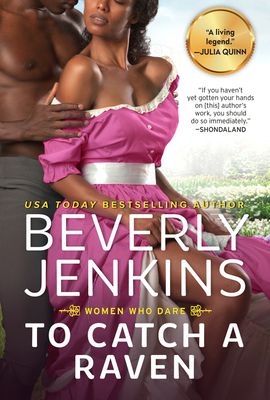
To Catch a Raven by Beverly Jenkins
I could throw any Beverly Jenkins book into this box and you’d be just as delighted to read it. They would all prove incredible examples of how great historical romance authors tell you a lot about the time period but don’t take away from how interesting the story and the romance are.
5. Regency Romance
Okay, this one is kind of special because it technically falls under historical romance but is really its own thing.
Probably about 90 percent of historical romance is Regency romance. The Regency is a brief era in England between 1811 and 1820, in which King George III was still alive but unable to rule, and the Prince Regent assumed his duties. The books set during that time evoke the feel of Jane Austen, and often include members of the high aristocracy (mostly dukes) and Waterloo veterans. That’s a lot of romance novels set during the same 13 years, you might say! And you’d be right! And you can blame that on Georgette Heyer, whose novels are some of the earliest in the modern genre of romance. And they continue to be prominent thanks to their ongoing success. And Bridgerton.
For example:
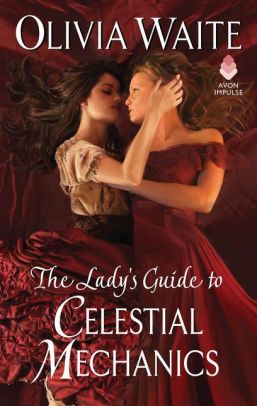
The Lady’s Guide to Celestial Mechanics by Olivia Waite
I mentioned that there are just…countless Regencies, so I just picked one that I really liked to offer as an example. The first book in the Feminine Pursuits series, this book features an incredibly brilliant woman trying to show a society of intellectual men that she is perfectly capable of doing the same work as them — or maybe even better. And her wealthy patron is ready to help her get that point across.
If you’re looking for something else that nicely conveys competent women being competent, Diana Quincy’s Clandestine Affairs books are also excellent. While it’s not the first in the series, The Viscount Made Me Do It is a favorite, and features a woman bonesetter!
6. Paranormal Romance
If one or both protagonist could be the leading stars of a CW show, it’s probably paranormal. A paranormal romance is often a contemporary romance (though sometimes they can be historical) that features creatures of the night, as it were. The supernatural character probably has to hide the fact that they have a scary affliction, and more often than not, they fall in love with someone who doesn’t know about their world. Main character is a werewolf’s fated mate? Paranormal. Guy can see ghosts? Paranormal. The main thing is that the world in which they live is almost exactly like our own, just with some…bonus perks.
For example:
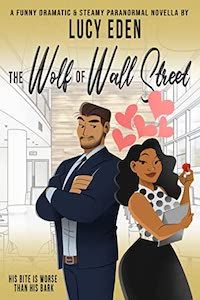
The Wolf of Wall Street by Lucy Eden
The key element that makes paranormal romance series different from urban fantasy series is that you can start anywhere in a paranormal series and generally get a full story. This is a fully contained story about a brilliant woman and the angry boss who turns into a wolf every once in a while.
7. Fantasy Romance
Unlike paranormal, fantasy romance is usually set in a second world, like Middle Earth or Hyrule. There still has to be a central romance and an HEA, but the other issues of the world are allowed to have a prominent spot in the storytelling. There could be a quest for the main characters, or a war with an evil sorcerer. But the development of the relationship has to have an equal or larger portion of the storytelling, otherwise it’s a fantasy with romantic elements.
For example:
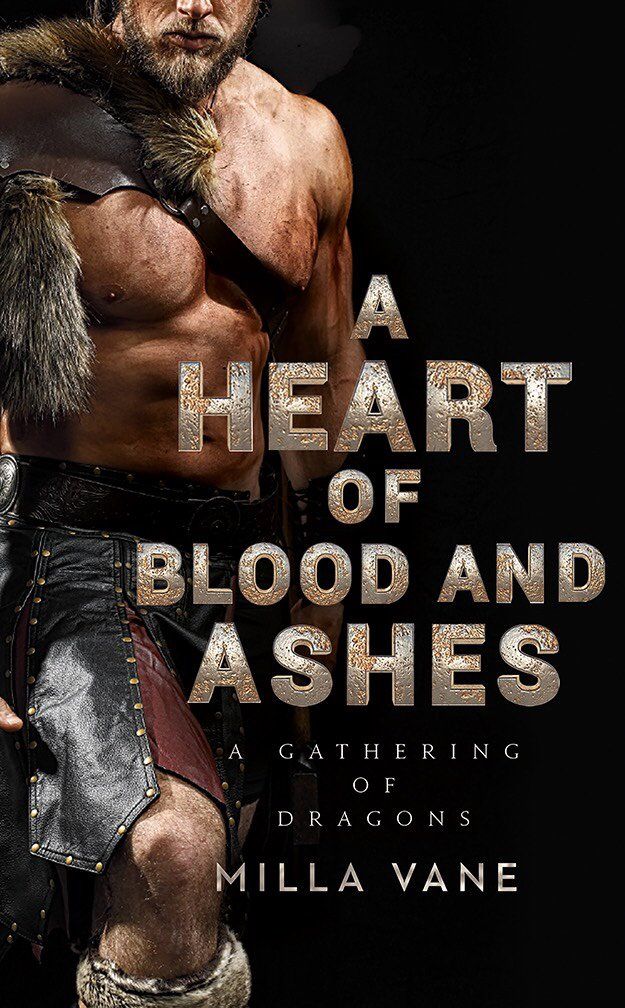
A Heart of Blood and Ashes by Milla Vane
Fantasy romance can go in two different directions. It can be this book: dark, harrowing, full of blood and war and magic and stakes.
Or it can be That Time I Got Drunk and Saved a Demon. There is no in-between.
8. Sci-Fi Romance
Science fiction romance has the same requirements as fantasy. It’s set in a futuristic or space/science focused universe, and there can be heavy external stakes. Maybe the people involved have to save the galaxy, or are in the process of pulling a heist. But the romantic arc has to have a prominent role in the story, or it’s not a romance.
For example:
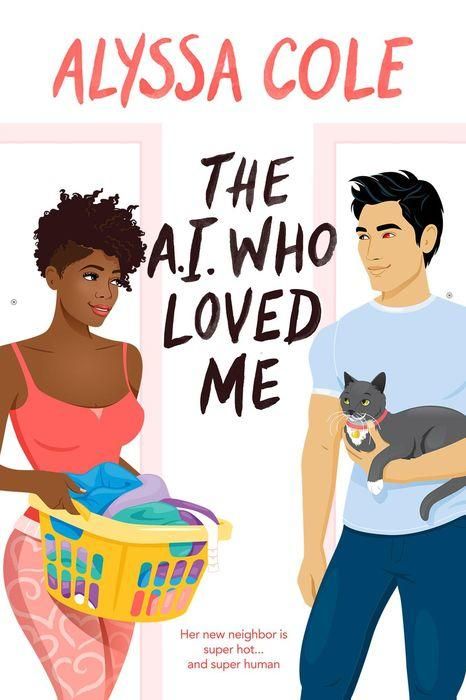
The A.I. Who Loved Me by Alyssa Cole
This is an Earth-based book set in a futuristic world in which people can remotely drive cars and possibly build sentient androids who develop crushes. What’s not to love? The original production was developed with a full cast by Audible, but you can read it in text now, too!
(There are sci-fi romances that are more space opera/fantasy in space, like Ice Planet Barbarians and the like, and those are fun, too.)
9. Romantic Suspense
If someone is running for their lives or trying to catch a killer, it’s gonna be romantic suspense. These are usually contemporary, but there have been an increase in romantic stories that can also be categorized as historic or sci-fi/fantasy. Paranormal romance is often also suspense. The usual story has oft times involved someone being in danger and someone keeping them alive, or someone who gets caught up in something a la Marie in The Bourne Identity. But there are a lot of ways to amp up the suspense. Note: this sub-genre usually has a lot more guns than the others, and you’ll usually see one on the cover. There are also a lot that involve law enforcement or military protagonists.
For example:
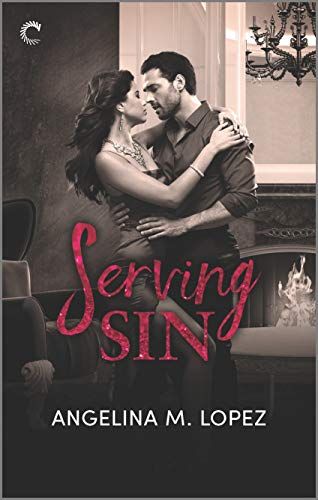
Serving Sin by Angelina M. Lopez
This is the third book in a series, but you can totally read it on your own. (You’re going to want to read the other two, and spoiler alert, you know who ends up with whom.) Here, a Mexican billionaire enlists the help of the private security firm who once rescued her from kidnappers, because she’s sure she’s in danger.
10. Romantic Mystery
Romantic mystery is almost romance suspense, but doesn’t have to be as high octane when it comes to life and death stakes. This is where cozy mystery and romance converge, and the mystery to solve and the romantic relationship hold similar weight in the story. (There are occasionally romantic elements in cozy mysteries, but they develop over the course of a series and usually take a back seat to solving the crime.)
For example:
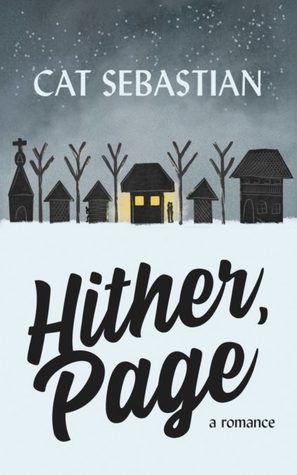
Hither, Page by Cat Sebastian
In this novella set just after World War II, two people who have a lot of reasons not to fall in love find themselves stuck together in search of the same answers. One is a local doctor while the other is from out of town, and neither is quite ready to trust the other stranger. But they’re going to have to if they want to solve the murder that they’re certain has happened.
If you want something a little darker (and that has some scary elements to go with it), you might find Diana Biller’s The Widow of Rose House worth a try. It’s a great example of how the relationship and the problem solving can go hand in hand, and it’s also pretty funny! But there is also a past of domestic abuse and — of course — ghosts. And not Casper’s kind. Don’t read this one alone at night with the lights out.
11. Western Romance
I thought about whether I would include this as a sub-genre, but it really does have its own feel. For some authors, being a cowboy is just like having any other quirky job in romance. But a true Western romance, whether set in historical times or in present day, has something a little different. There’s often a timelessness about the setting, whether it’s a ranch or a small town. And at least one of the main characters is going to be out of their element — whether the setting is involved or the idea of falling in love. There might be an element of suspense to it, as well. All in all, it feels like a Western, but everybody survives in the end.
For example:
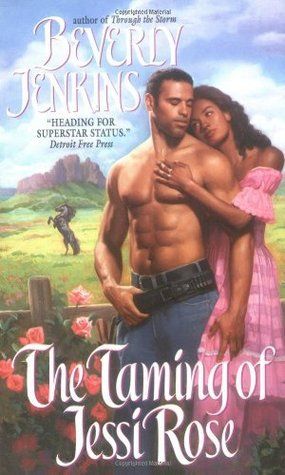
The Taming of Jessi Rose by Beverly Jenkins
I usually try not to duplicate authors in these things, but there isn’t a western like a Beverly Jenkins western. This one particularly has the Old West feeling of remote life, living outside the law, and community effort that the West is known for.
12. Bonus: Inspirational Romance
Many people would say that Inspirational Romance is indeed a sub-genre. Those people…are right? Inspirational romance is often sectioned off into its own thing, and there are publishers dedicated to producing it. Inspirational romance, in itself, is a subset of Christian Fiction, which doesn’t always have to be romantic, but very often uses the relationship between people to help establish or deepen the characters’ relationship with God. And it is almost always Christian, which is why I don’t call it “Religious Fiction.” There are romance authors, mostly contemporary, who write characters of other faiths, and who actively participate in religious traditions, but they rarely make their spirituality the center of the story the way that inspirational romance does. So is it a sub-genre? Probably. Let’s just say yes.
For example:
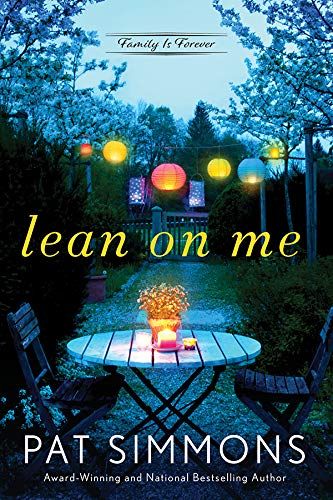
Lean on Me by Pat Simmons
I’m gonna tell you the truth. The majority of “inspirational” romance is white af. This book, which features relatively well off Black midwesterners, is an outlier, as are many of Pat Simmons’s books. But if you’re looking to see how a properly balanced Christian romance might play out, this is a good place to start.
You’ll see that with the possible exception of inspirational, I have not pulled demographics or identities into these sub-genres. There are definitely books that we can pull out into separate categories of reading, but they aren’t genres. LGBTQ+ romance is something that you can find in every sub-genre. Romance by and with BIPOC people is something you can find in every sub-genre.
These aren’t all of the sub-genres you might encounter, but the majority of romance can fall into one or a few of those presented.
